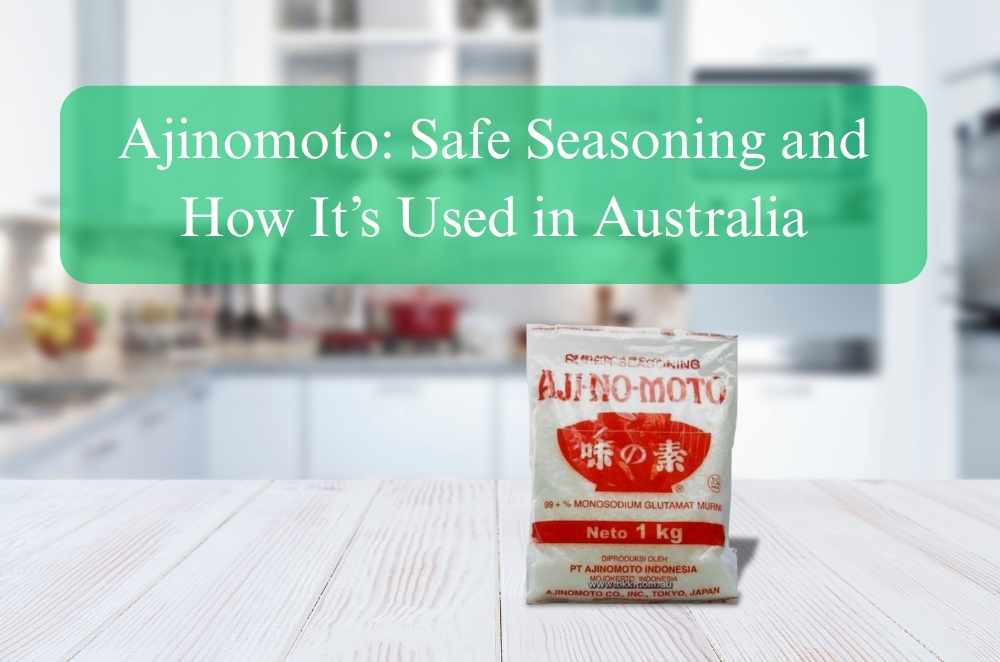
It’s funny how a single ingredient can change the entire feel of a meal. Growing up, most of us were used to basic flavour boosters—salt, maybe a bit of stock powder, or a dash of soy. But as you get older, cook more, and eat out at different places, you start to notice there’s something deeper at play, especially in the dishes you can’t quite replicate at home. These days, ajinomoto products sit quietly in many Australian kitchen cupboards, sometimes used with pride, sometimes with a touch of hesitation. I still remember the first time I saw a small white bag in a friend’s pantry—thought it was sugar at first, but it turned out to be MSG, and it changed my whole understanding of flavour.
What exactly is Ajinomoto?
Ajinomoto is basically the brand name that became shorthand for monosodium glutamate—MSG. It’s the original, having come out of Japan decades ago, and is still used worldwide. The thing about MSG is, it delivers that savoury “umami” taste you find in tomatoes, mushrooms, or aged cheese, but in a much more concentrated and handy way.
Made by fermenting starch, similar to how soy sauce or vinegar is produced
A pinch is enough to bring a stew or broth to life
Doesn’t taste salty on its own, but it “rounds out” whatever you’re making
Works well for stir-fries, soups, and even marinades
The first time I tried adding it to homemade fried rice, I was surprised—the flavour was suddenly full and balanced, even though the recipe hadn’t changed. It’s now just another seasoning I reach for, especially when something’s missing and I can’t put my finger on it.
Old worries and what the science actually says
People still get nervous about MSG, even though most of the “bad press” is decades old. In Australia, just like in the US and Japan, health authorities have reviewed the science. They’ve found that, for almost everyone, MSG is as safe as any other common food ingredient.
Research shows the body breaks down MSG the same way it does natural glutamate
Large quantities could trigger mild symptoms for a tiny group, but that’s rare
For most people, it’s as safe as using salt, vinegar, or stock cubes
Labelling laws require it to be listed, so it’s never hidden in the ingredients
I was cautious at first—grew up hearing about “Chinese Restaurant Syndrome.” These days, the only “side effect” I’ve noticed is meals that taste better.
Imported food regulations and Australian food safety
Australia doesn’t mess around when it comes to food rules. Whether you’re picking up Ajinomoto at a big supermarket or an Asian grocer, the ingredients inside that pack have made it through a long line of checks and balances. In fact, any seasoning, including MSG, comes under pretty strict imported food regulations before it lands on a shelf.
Labels must be clear, listing all additives and possible allergens
Imports face random inspection and chemical analysis
Both overseas and local brands have to meet the same standards
You won’t find “mystery ingredients”—regulations require precise wording
There’s a certain peace of mind in knowing that anything you buy here—whether it’s a rare Malaysian curry powder or Ajinomoto—has had to meet the same rules. I find myself checking labels more out of habit than worry, because the regulations mean things are pretty well controlled.
What actually ends up in Aussie kitchens
MSG isn’t just for takeaways or restaurants. More often than not, it ends up in homemade stir-fries, soups, or casseroles—often without any fanfare. You’ll see fast food outlets, noodle bars, and snack companies using it, but it’s also quietly worked its way into everyday cooking at home.
Chefs use it for consistency and to “lift” basic ingredients
Cooks at home add a little to bring out flavours in stocks, marinades, or even roast veggies
It’s in many snack foods, packaged soups, and convenience meals
Both professional and amateur cooks value how it makes flavours linger
A friend once made a batch of chicken noodle soup with and without MSG as a blind taste test—everyone picked the “umami” bowl, even though nobody could pinpoint why it was better. It’s just become part of how some Australians approach cooking: subtle, but effective.
Everyday shopping: how people buy seasoning and Asian groceries
If you’re in a big city, you’ll see whole aisles dedicated to international ingredients—everything from fish sauce to rice paper and, somewhere in the middle, MSG under different brand names.
Most buyers look for trusted brands and well-labelled packs
Online orders are growing, but physical shops remain popular for comparing freshness
Detailed product descriptions help—nobody likes surprises in the pantry
Sellers who follow safety and quality rules tend to get more repeat business
These days, with so many choices, some people have their own rules or rituals when it comes to safe ways to buy Asian food—whether it’s always checking for proper seals, or just sticking with a store that’s never let them down.
Cultural shifts and Ajinomoto’s place at the table
Not long ago, umami was a word you rarely heard outside food shows or chefs’ kitchens. Now it’s in the mix with salty, sweet, sour, and bitter. As Australia’s food scene keeps evolving, Ajinomoto is often there in the background—not just in Japanese or Chinese food, but as a bridge between different cuisines and generations.
It’s found in restaurants serving ramen and laksa, but also in bistros and BBQ joints
Sometimes it’s just another shaker next to salt, pepper, and chilli
Food writers, home cooks, and bloggers debate its best uses
You see it popping up in cooking shows and social media recipes
It’s interesting to see how attitudes have shifted. The same people who once questioned MSG are now looking for tips on new recipes, or just enjoying the flavours they grew up with. In all those conversations, some will mention how Ajinomoto is used in Australia as part of understanding how these ingredients shape the local food scene.
The real takeaway: trust, taste, and being open-minded
If there’s one lesson in all this, it’s that good food is about balance—flavour, safety, and a bit of adventure. Ajinomoto isn’t a shortcut, but another tool for building the kind of meals people remember. For me, knowing the rules, trusting where my food comes from, and staying curious has opened up a whole new world of cooking. It’s about trying, tasting, and learning, not following fads or old fears. A dash here and there, and suddenly dinner tastes like something special. Funny how that works.

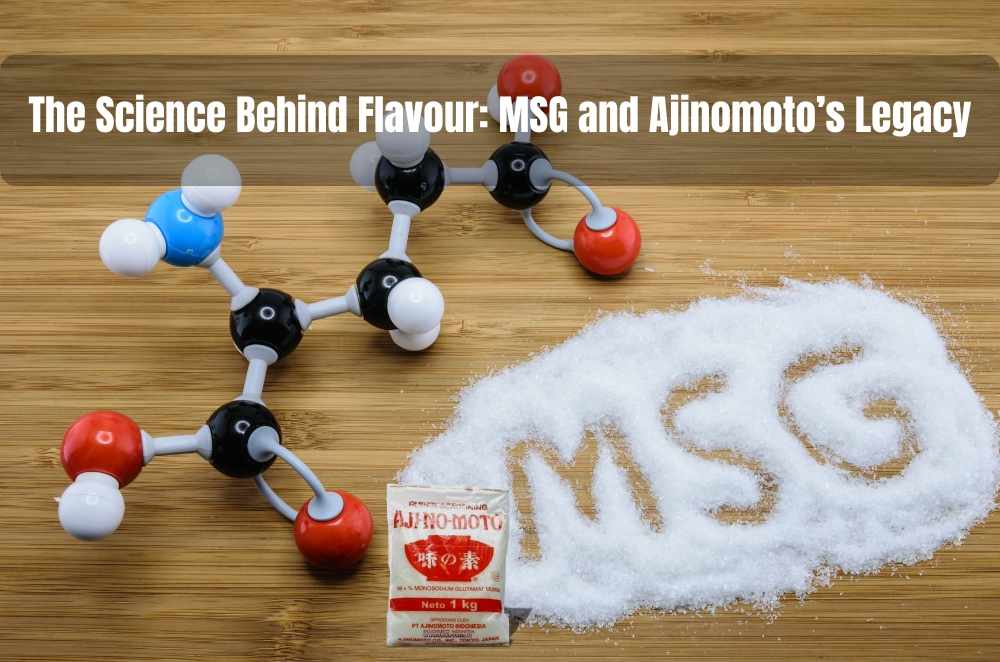
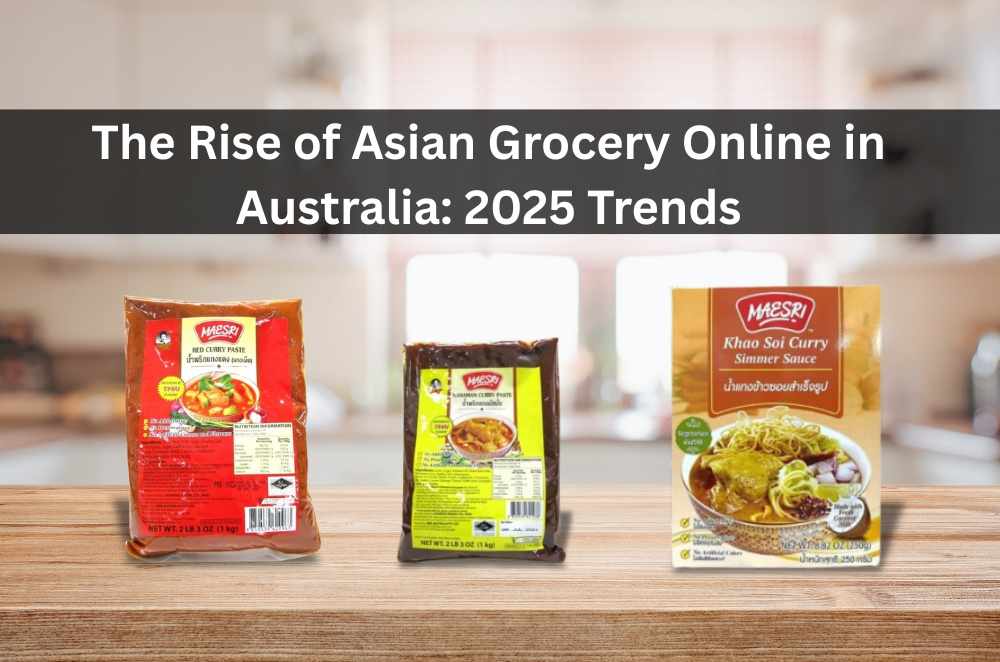
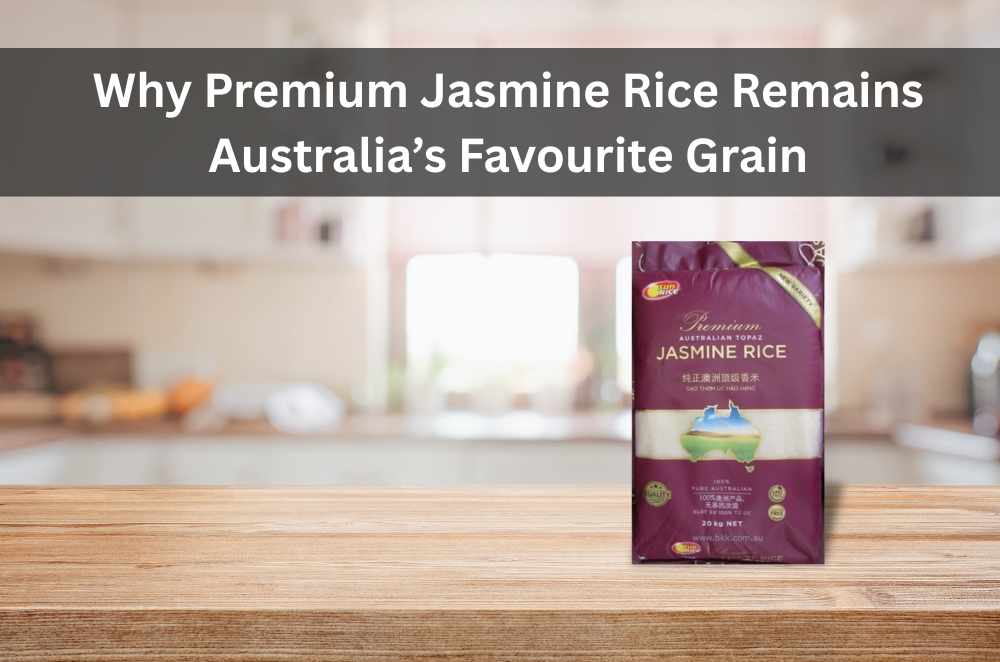
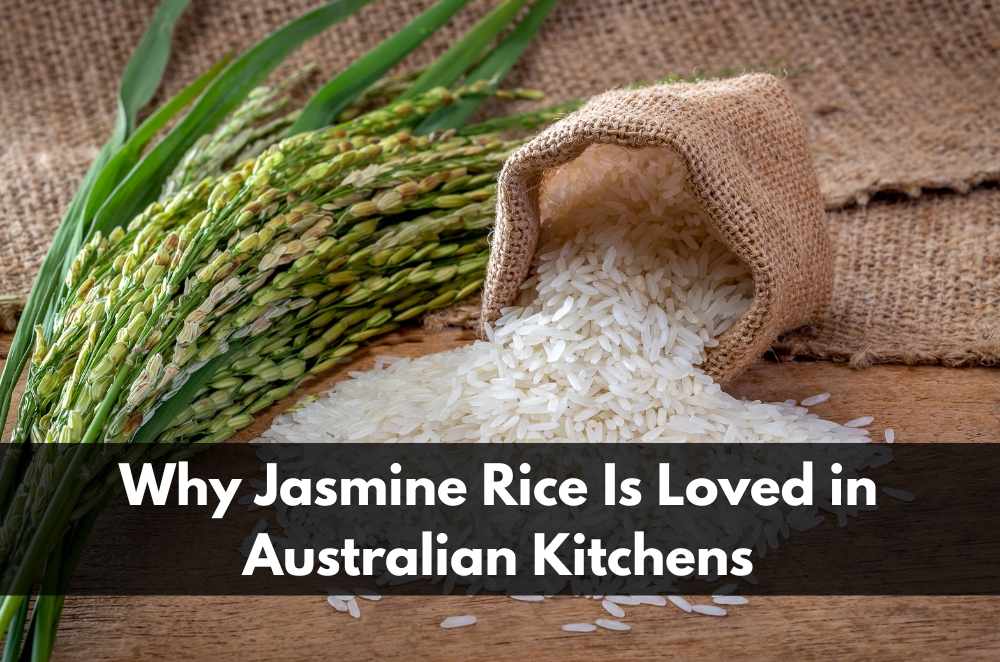
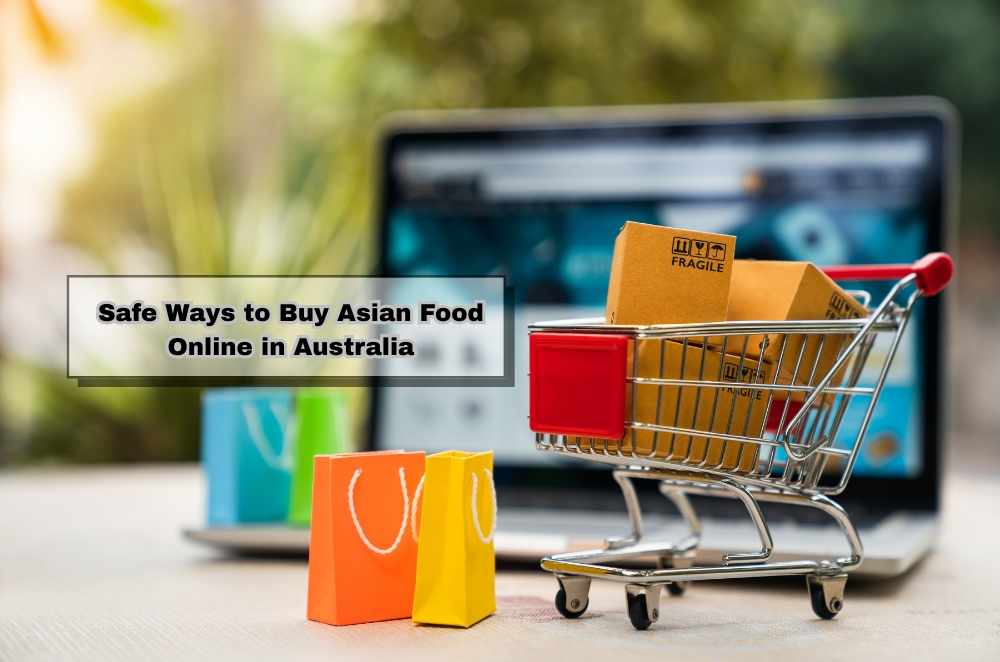
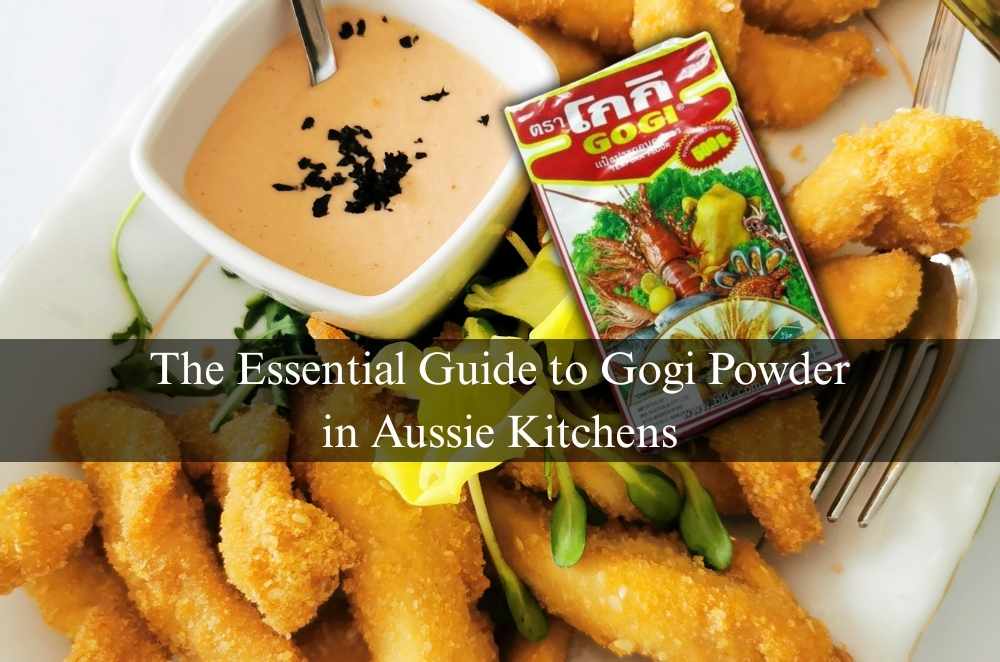



Write a comment ...